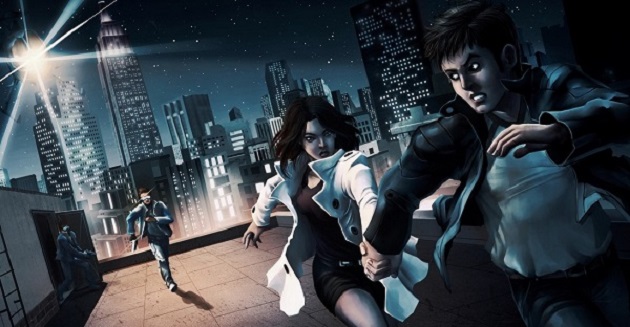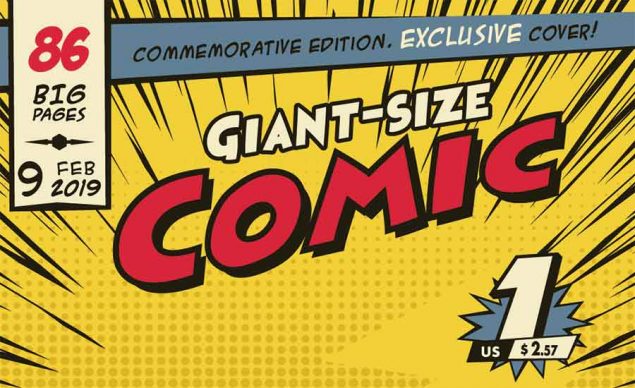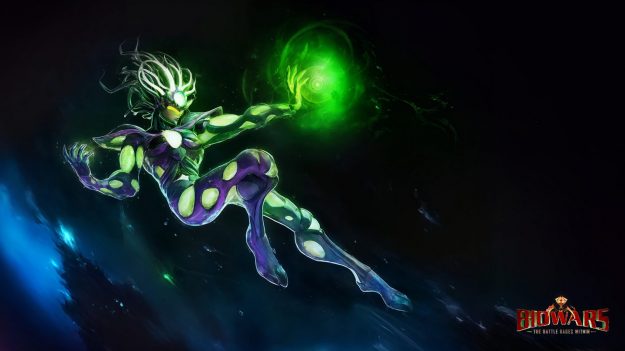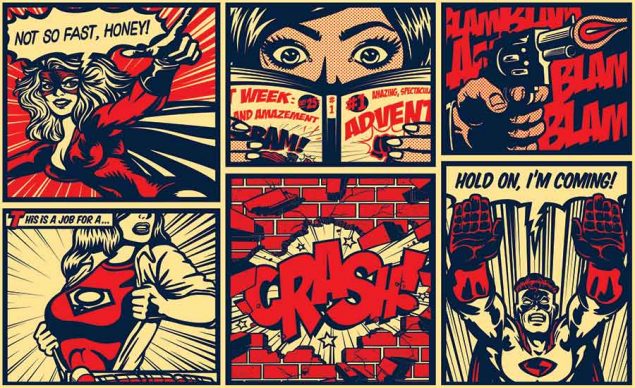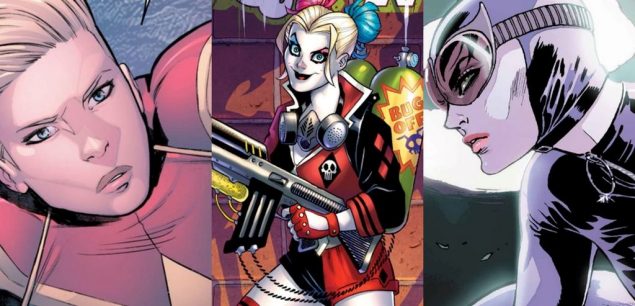Related Resources
What makes a great comic book? The answer is simple: an amazing storyline, strong dialogue and stunning artwork all merging together seamlessly. It’s magic, really. But it also takes a lot of work to make it happen. Even some of the greatest comic books in history required multiple tweaks and revisions before gaining popularity among comic book fans. And some only ran for a short time before fizzling out altogether.
By now, you should be working your way up to becoming a skilled artist in both comic book characters and human faces through our recent articles on these topics. There’s a good chance you’ve also come up with a winning idea after reading our articles on creating a comic storyboard and comic book concept. Today we’ll be going even deeper into the comic book writing matrix by offering some tips on how to put the finishing touches on your comic book concept.
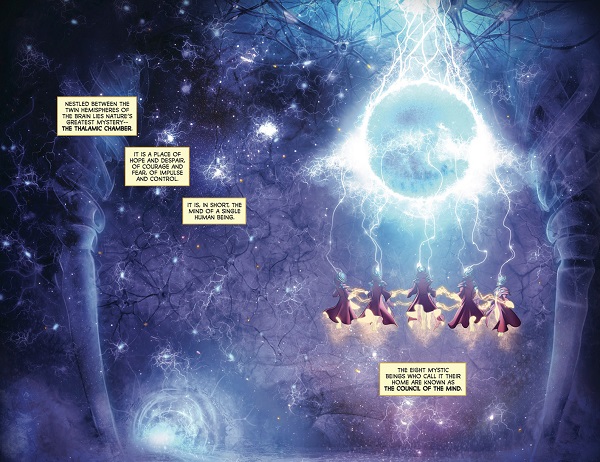
Creating Your Comic Book’s Outline
You’ve developed your characters and come up with a great origin story – now it’s time to bring your story and its universe into a written, and more well-defined, reality.
Just as with any screenplay, you’ll have to answer some questions for readers about your main character and their relationship to the overall story.
Before starting your script, ask yourself:
- What got them into crime fighting in the first place?
- Do they have an alter ego? How does this fit into the story?
- Are there any weaknesses your main character has that will be a constant struggle for them?
- How will evildoers exploit this weakness?
- What kind of personal growth do you see your main character experiencing over the storyline and how does it take place?
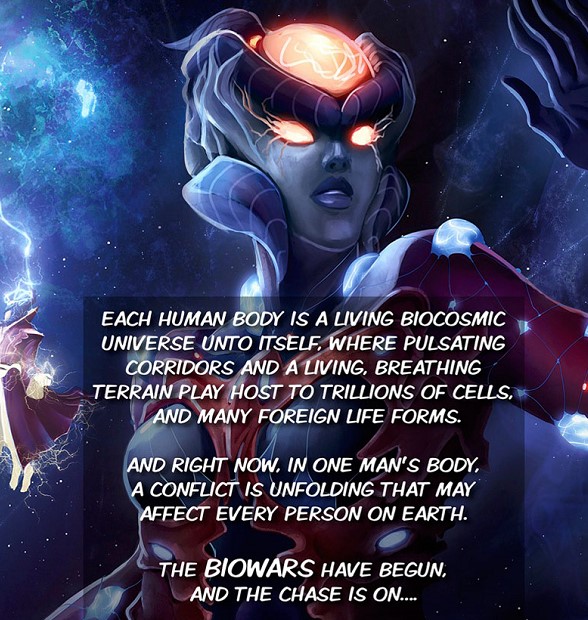
The Importance of the Plot
Once that’s hammered out, you’ll next want to build your plot around these ideas. Each comic book you write should have a single plot, but should tie into a greater plot at play over the course of several comic book issues. Even then, not every major plot in comic books has always been resolved, so don’t worry if you have one overarching plot that goes on and on over the course of your comic book.
Another thing to remember: you don’t have to be William Shakespeare to come up with a great plot. In general, comic books tend to tell their story through a combination of spectacular imagery and writing, which gives you a distinct advantage over the 16th century playwright. Just focus on making your story organized, consistent and fun and everything will turn out fine.
A plot primarily consists of:
- A goal
- A consequence
- The costs of reaching the character’s goal
- The payoffs of reaching the goal
- What it takes to make the goal happen
As you can see, having a single goal in mind for your main character is essential to creating an excellent plot for your story – and every goal has its upsides and downsides. Once you discover what those are, you’re well on your way to putting the rest of your storyline together.
Building the Comic Book Legend
Here’s a great way to layout your entire story:
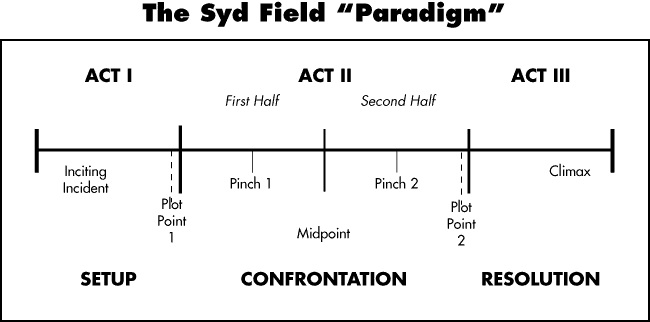
Act One
Basically, act I is about introductions, where you begin building some intrigue on what’s about to take place. If you’re going to have your hero cornering some bank robbers later in the story, then this is the time to show the bad guys plotting the upcoming heist.
Act Two
Act II is where the heist takes place and your hero gets wind of the situation. You’ve introduced your characters, so let’s put them into action! This is the most important part of the story, because it’s ultimately what grabs your readers’ attention, so make sure you put a lot of energy into writing up a bold and imaginative second act.
Act Three
The third act is all about resolution, but it’s only after maintaining the developing climax from act II and finally capturing or defeating the villains during the second half of act III. If you drop your story off too early, your readers could very easily lose interest after thumbing through a few more pages.
Here’s the formula in its simplest terms:
- Provide some background
- Have your hero make the chase
- Put an end to the conflict
- Prepare your readers for upcoming adventures by hinting at a continuing storyline
Soon you’ll have them eating out of your hands as they wait for the next issue to be released.

